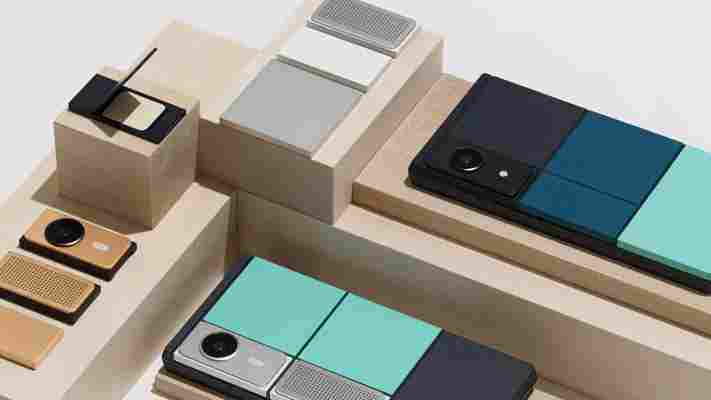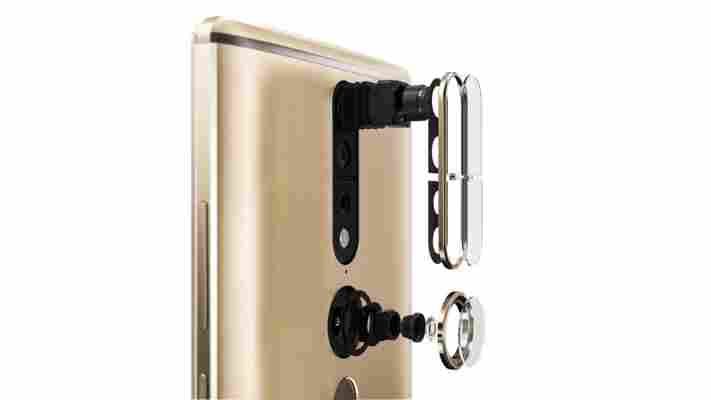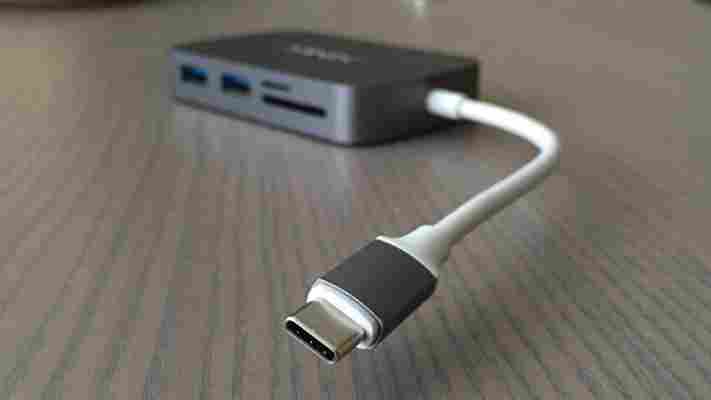Google has canceled its Project Ara plans to build modular smartphones
Google has shelved Project Ara , the company’s ambitious program to develop modular smartphones with interchangeable components like cameras, batteries and speakers.

It’s an odd turn of events, especially since the company said in May that it would begin shipping Project Ara devices to developers this fall.
According to Reuters’ sources , Google has decided not to release the product itself, but it may license Project Ara to hardware manufacturers. The company frequently partners with gadget makers to build its Nexus smartphones and tablets, so this wouldn’t be out of the ordinary for Google.
Credit: Google
Project Ara was being handled by Google’s Advanced Technology and Projects group, after it was launched by Motorola (which Google acquired) three years ago.
It’ll be interesting to see what this spells for other modular smartphones. Puzzlephone announced earlier this week that its first shipment of devices won’t be ready this year , due to a cash-flow slowdown in the public funds committed by the European Commission to the project.
Dutch startup Fairphone, which has been focusing on creating conflict-free handsets, is currently selling the Fairphone 2 , which takes a different approach to modular devices. It’s designed to allow you to take the phone apart and replace the processing components when they become obsolete and do basic repairs yourself. It’s available for €525 ($588) and has already sold 100,000 units.
Update: Google has confirmed that it has indeed shelved Project Ara.
Lenovo’s gigantic Phab2 Pro is the first real Project Tango phone
At its event in San Francisco today, Lenovo announced the very first consumer phone to run Google’s Project Tango techonology: The Lenovo Phab 2 Pro. That’s Phab for phablet, guys.

The device comes in gold and grey unibody metal designs and features a 6.4-inch QHD screen, a Snapdragon 652 processor, 4GB of RAM, and a 4,050 mAh battery.
There are four cameras on tow, including a 16 MP rear shooter and an 8 MP front-facing camera. The highlights, of course, are the two Tango-specific cameras, one of which measures depth, and another to sense motion. There’s also Dolby Atmos 5.1 surround sound recording, if you’re into that.
Lenovo showcased the device doing things such as trying out virtual furniture in your home before buying it, helping you navigate indoor stores, or even creating a virtual Rube Goldberg machine. It’s very much akin to Microsoft’s HoloLens, except on your phone.
The Phab 2 Pro will be available in September for $499 unlocked, which seems like quite the reasonable deal given its specs. On paper it’s basically a flagship for every spec other than the processor, and that’s before your get to the potentially-revolutionary Tango technology.
Emphasis on the ‘potential;’ Tango is a nascent technology, so we’ll have to see what developers make of it. But so far, things are looking good.
The Minix NEO C hub made my tiny MacBook a desktop powerhouse
On launch, Apple’s new MacBook didn’t have much going for it with regard to accessories. Now that USB-C is more familiar to device manufacturers, we’re getting some really powerful plug-in devices, and Minix ’s NEO C is no different.

The hub plugs into a MacBook ’s USB-C port and offers a lot of extensibility. There’s an HDMI or VGA port for monitors, ethernet, two USB ports for peripherals as well as SD and micro SD card slots. It also has a USB-C inlet for pass-through charging.
About the size of a credit card — and a half-inch tall — the NEO C won’t take up much room on your desk. It’s also small enough to pack in a bag for travel, though I find it best used at home. It’s made of Aluminum, and matches my Space Grey MacBook’s surface in both color and feel.
Leaving it on my desk, NEO C has turned my MacBook into a fairly nimble desktop computer.
While I wouldn’t dream of plowing through a heavy development session or editing a long video with my MacBook, NEO C may be the missing link for MacBook ubiquity. It satisfies many of those ‘but I can’t do —‘ arguments we have internally with ourselves about the MacBook and USB-C.
It’s not perfect by any means; I’d rather have a Thunderbolt port than an HDMI, and the constantly-protruding cable is a deterrent for packing it in a smaller bag. The cable isn’t supported well at the point it connects to the hub, either, which makes me over-think damaging it.
NEO C also gets warm to the touch during use. Not hot by any means, even when there are several devices using it at once, but still warm. Though it has pass-through charging, it’s about 20-30 percent slower than direct charging.
For travel, I’d suggest other options. Satechi’s hub has been updated to support pass-through charging, and has a profile better suited for sliding into your bag.
But for the desktop, the Minix NEO C can’t be beat. It retails for $89.90 via Amazon , and is available now.
➤ NEO C [Minix]
